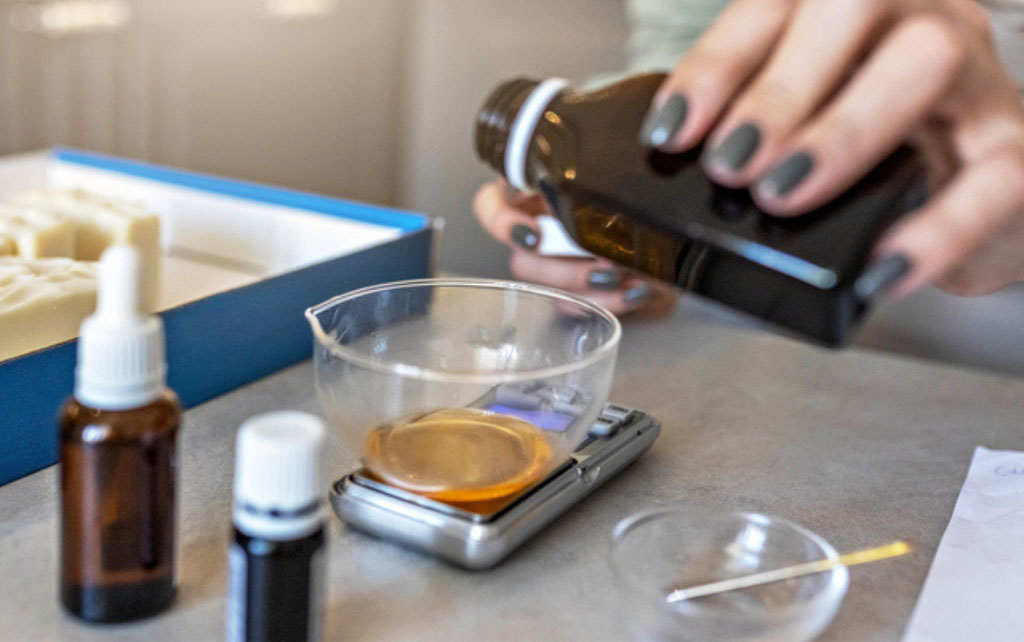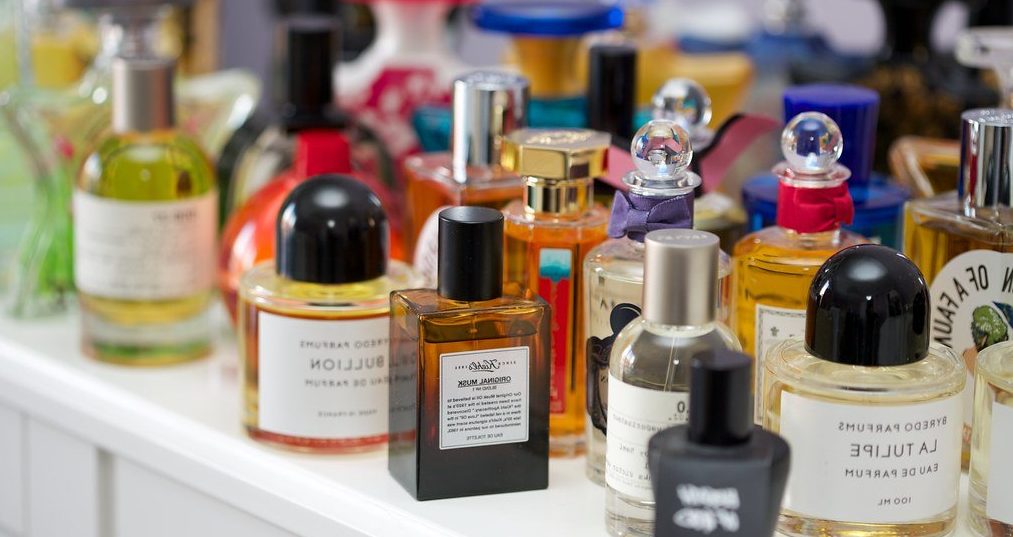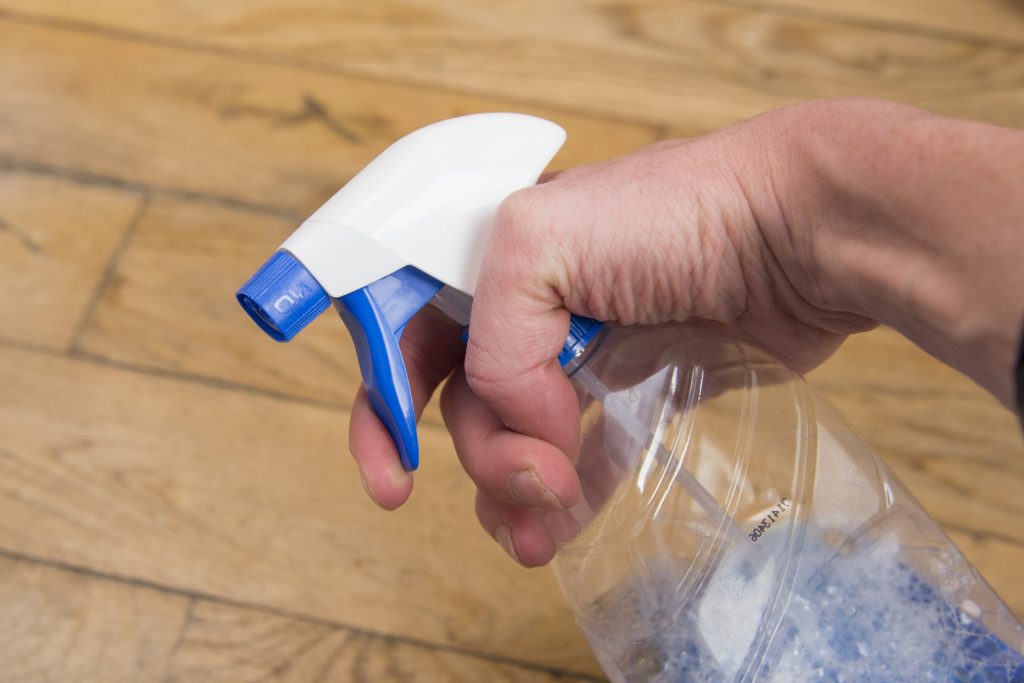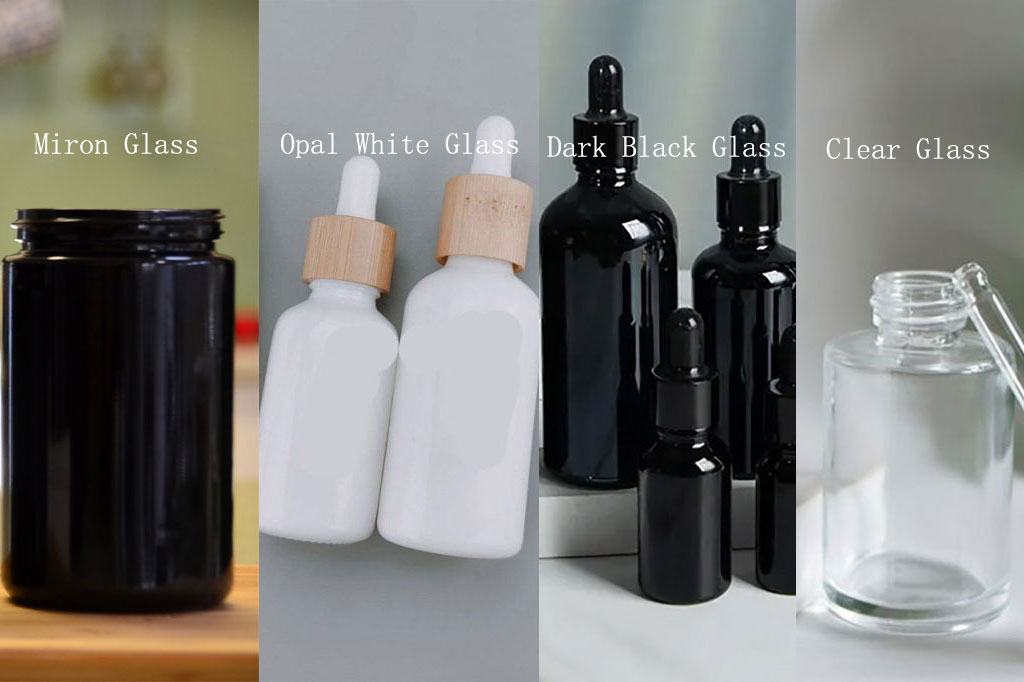Understanding how many drops are in an essential oil bottle is important for both practical and economic reasons. Accurate drop counts are essential for creating precise blends, recipes, and for ensuring cost-effective use of these often expensive oils.
This guide aims to provide a comprehensive overview of the factors that influence drop count, standard measurements, and practical tips for accurately estimating and using essential oils.
Factors Affecting Drop Count
The number of drops in a given volume of essential oil can vary due to several factors. Here are the key factors affecting the drop count:
Viscosity of the Essential Oil
- Thicker Oils: Oils with higher viscosity, like patchouli or sandalwood, tend to produce larger drops, resulting in fewer drops per milliliter.
- Thinner Oils: Oils with lower viscosity, such as lemon or eucalyptus, produce smaller drops, leading to more drops per milliliter.
Dropper Type
- Plastic Droppers: Typically produce larger drops compared to glass droppers.
- Glass Droppers: Known for producing more consistent drop sizes.
- Orifice Reducers: Built into many essential oil bottles, these create smaller drops, often leading to a higher drop count per milliliter.
Environmental Conditions
- Temperature: Higher temperatures can reduce the viscosity of oils, resulting in smaller drops. Conversely, lower temperatures can increase viscosity, leading to larger drops.
- Air Pressure: Changes in air pressure, such as those experienced during travel or due to weather changes, can affect drop size and consistency.
General Measurement
- Average Drop Volume: Generally, a drop of essential oil is considered to be approximately 0.05 milliliters (mL). This can serve as a baseline for estimating the number of drops in a bottle.
Essential Oil Type
- Thicker Oils: Essential oils with higher viscosity, such as patchouli or sandalwood, tend to form larger drops.
- Thinner Oils: Essential oils with lower viscosity, such as lemon or eucalyptus, produce smaller drops, resulting in a higher drop count per milliliter.
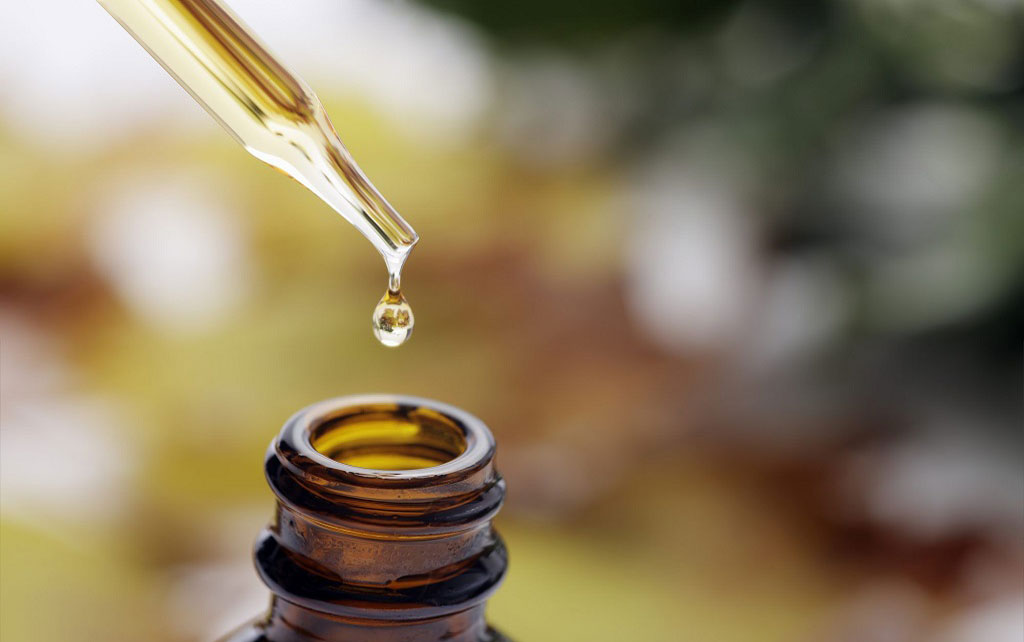
Common Bottle Sizes and Drop Estimates
These estimates are based on the average drop volume of essential oil is approximately 0.05 mL. The number of drops equals Bottle volume (mL) divided by Drop volume (0.05 mL).
For Standard Essential Oil Calculations
- 5 mL Bottle
- Estimated Drops Calculation: 5 mL / 0.05 mL per drop = 100 drops
- 10 mL Bottle
- Estimated Drops Calculation: 10 mL / 0.05 mL per drop = 200 drops
- 15 mL Bottle
- Estimated Drops Calculation: 15 mL / 0.05 mL per drop = 300 drops
- 30 mL Bottle
- Estimated Drops Calculation: 30 mL / 0.05 mL per drop = 600 drops
For Non-standard Essential Oil Calculations
- 5 mL Bottle of Thicker Oil (e.g., Patchouli)
- Thicker oils might form slightly larger drops. Assuming a drop size of 0.06 mL:
- Calculation: 5 mL / 0.06 mL per drop ≈ 83 drops
- Estimated Drops: Approximately 83 drops
- 15 mL Bottle of Thinner Oil (e.g., Lemon)
- Thinner oils might form slightly smaller drops. Assuming a drop size of 0.04 mL:
- Calculation: 15 mL / 0.04 mL per drop = 375 drops
- Estimated Drops: Approximately 375 drops
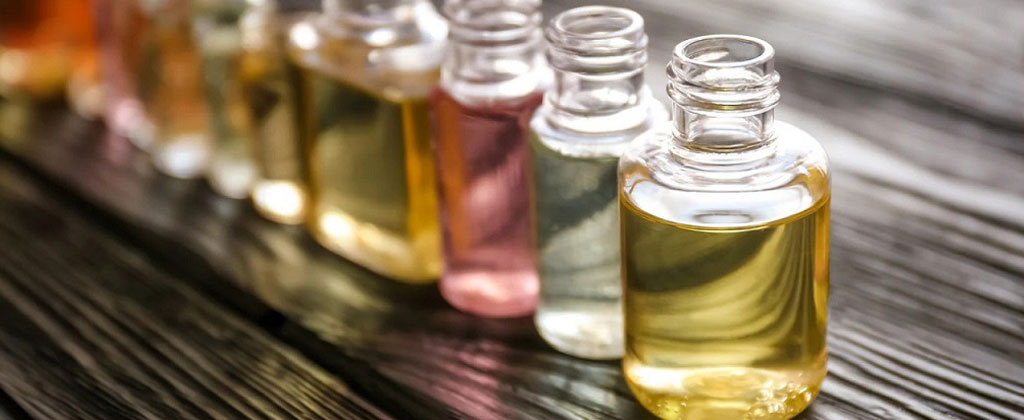
Practical Applications & Considerations
Understanding the number of drops in an essential oil bottle is vital for various practical applications, ensuring accurate and efficient use in different contexts. Here are some common applications and considerations:
Usage in Recipes and Blends
- Essential Oil Recipes: Knowing the drop count helps in following recipes accurately, whether you’re creating blends for aromatherapy, skincare, or other purposes.
- Blending: Precise drop counts ensure consistency in blends, crucial for maintaining the intended effects and aromas.
- Dilution: Accurate drop measurements are important for safe dilution with carrier oils, especially when creating products for topical application.
Economic Considerations
- Cost Efficiency: Knowing how many drops are in a bottle helps in determining the cost per use.
- Inventory Management: Accurate estimates help in managing inventory and ordering supplies, ensuring you have enough oil for your needs without overstocking.
Health and Safety
- Dosage Control: Proper drop counts are essential for controlling dosages in therapeutic applications, preventing overuse or underuse.
- Allergy and Sensitivity: Precise measurement helps in avoiding excessive application, reducing the risk of allergic reactions or sensitivities.
Consistency and Quality Control
- Product Consistency: For those creating products for sale, consistent drop counts ensure each batch maintains the same quality and effectiveness.
- Quality Assurance: Accurate measurements are part of good manufacturing practices, helping to maintain high standards and consumer trust.
By understanding the number of drops in your essential oil bottles, you can ensure precise, efficient, and safe use in all your practical applications. This knowledge supports better blending, cost management, and overall quality in your essential oil practices.
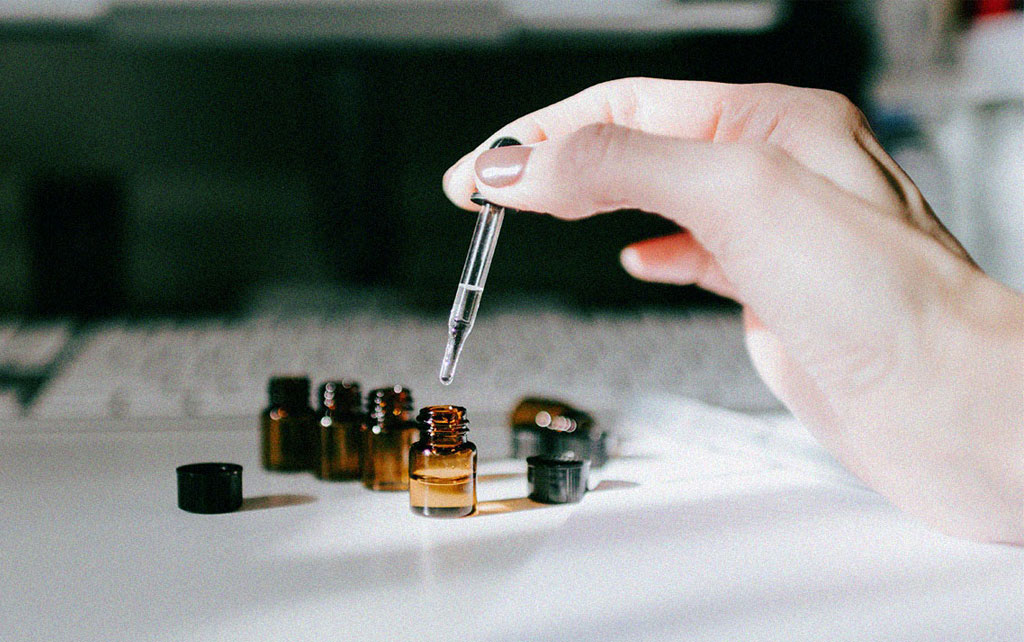
Tips for Accurate Measurement
Ensuring accurate measurement of essential oils is critical for consistency and safety in various applications.
Consistent Dropper Use
- Use the Same Dropper: Stick to using the same type of dropper for all measurements to maintain consistency in drop size.
- Standardize Your Tools: If possible, use droppers or pipettes that are designed for essential oils to ensure uniformity.
Proper Storage and Handling
- Store Properly: Keep essential oil bottles in a cool, dark place to maintain their consistency and prevent changes in viscosity that can affect drop size.
- Avoid Contamination: Ensure droppers are clean and free from contaminants before use to prevent any alterations in the oil’s properties.
Temperature Control
- Maintain a Stable Temperature: Work in an environment with a stable temperature to avoid fluctuations in the oil’s viscosity. Higher temperatures can make the oil thinner and produce smaller drops, while lower temperatures can thicken the oil and produce larger drops.
Calibration
- Calibrate Your Droppers: If using pipettes or other measuring devices, periodically calibrate them to ensure accuracy.
- Test Drop Volume: Occasionally test the volume of your drops by measuring a known number of drops into a graduated cylinder or similar measuring device.
Technique
- Consistent Pressure: Apply consistent pressure when using droppers to ensure uniform drop size.
- Vertical Holding: Hold the dropper vertically to produce consistent drops and avoid tilting, which can alter drop size.
Volume Estimation
- Use a Reference Guide: Refer to standard measurements, such as knowing that 1 mL typically equals approximately 20 drops, to help estimate and confirm drop counts.
- Practice: Regular practice with measuring and handling essential oils can improve your accuracy and confidence.
By following these tips, you can ensure that your essential oil measurements are accurate and consistent, enhancing the quality and reliability of your blends, recipes, and other applications.
Conclusion
Accurately estimating the number of drops in essential oil bottles is crucial for precise and effective use. By understanding factors like oil viscosity, dropper type, and environmental conditions, you can make reliable estimations.

